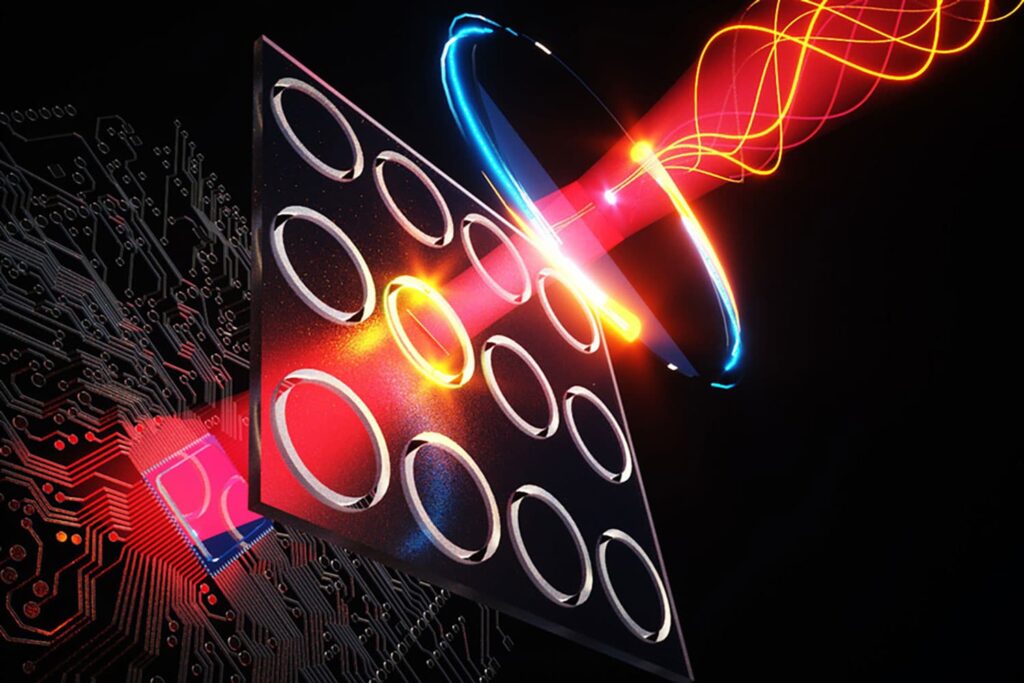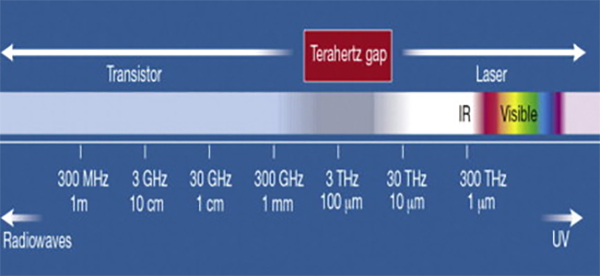The New Low-Cost Terahertz Camera from MIT is Faster and More Sensitive
As cameras evolved, more people were exposed to them because smartphones have them. Cameras have different uses, and the specialized ones have specific applications, such as in security, astronomy, and medicine.
One such specialized imaging unit is the terahertz camera, which is often used in airport security. People also use it for astronomy, spectroscopy, medical diagnostics, mail and parcel screening, food inspection, the inspection of agricultural products, and in other industries.
What is terahertz?
Terahertz radiation or submillimeter radiation can penetrate several non-metallic materials. It can detect specific molecules’ signatures. And these interesting properties allow terahertz radiation to be used in various applications. However, a terahertz device is expensive. Those currently in use are also bulky, slow, require vacuum systems, and require extremely low temperatures to operate. Thus, devices using terahertz waves are difficult to develop.
Low-cost terahertz camera
Recently, the scientists at MIT, collaborating with Samsung and the University of Minnesota, announced their development of a new low-cost terahertz camera that can quickly detect terahertz pulses. The new camera operates at room pressure and temperature with high sensitivity. Furthermore, the camera can simultaneously capture the polarization of the waves in real-time. This capability is not available in existing terahertz cameras.
The information the new terahertz camera gathers can identify surface topography and materials containing asymmetrical molecules.
Use of quantum dots
MIT’s terahertz camera uses quantum dots, which were discovered recently to emit visible light when terahertz vibrations activate it. When this happens, the naked eye can observe the visible light. Likewise, the device can capture it.
The scientists created two different units. One camera uses the ability of the quantum dots to change terahertz pulses to visible light, while the other unit produces images that show the polarization state of the waves.
The terahertz camera consists of several layers. It was produced using a manufacturing process following industry standards. First, a layer of light-emitting quantum dot material covers the substrate. The next layer includes gold nanoscale parallel lines with small slits dividing them. The last element is a CMOS chip that creates the image. Finally, the other device has a polarimeter, the same as a polarization detector. It detects the polarization of the incoming beams with the help of nanoscale slits in the shape of a ring.
The scientists explain that the device converts the tiny photon energy into something visible that a regular camera can easily detect. This capability is not possible with other terahertz cameras because terahertz radiation photons have exceedingly low energy, making them difficult to detect.
The new work allowed the scientists to break the barrier. They succeeded in detecting terahertz pulses. The source of the terahertz the scientists used for their study was a large and cumbersome array of optical devices and lasers. The next step is to scale the device for practical use. They are already on the way to this stage of the project as they are developing microelectronic techniques. With the use of CMOS cameras, they can make the device cheaper and more practical, according to the researchers.
The project gets support from the Center for Energy Efficient Research Science, the Samsung Global Research Outreach Program, and U.S. Army Research Office through the MIT Institute for Soldier Nanotechnologies.
The project research team includes MIT’s Jaime Peraire, Moungi Bawendi, Vladimir Bulović, Jinchi Han, Hendrik Utzat, Ngoc-Cuong Nguyen, and Ferran Vidal-Codina. Other scientists are Stanford University’s Aaron Lindenberg, Samsung Advanced Institute of Technology’s Chan-Wook Baik and Kyung-Sang Cho, and the University of Minnesota’s Daehan Yoo. Samsung got involved in the research as the company manufactures quantum dot devices (for televisions) and CMOS chips.
The researchers are working to make the camera smaller and more sensitive. Smaller devices will make manufacturing easier and more economical. However, they are already using their lab-created terahertz camera whenever they need to detect terahertz radiation.

